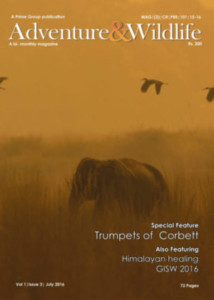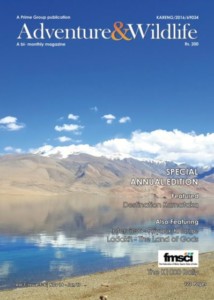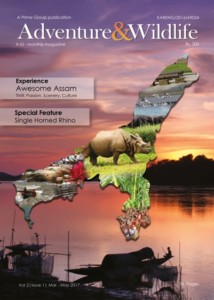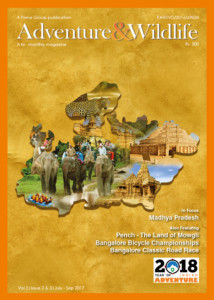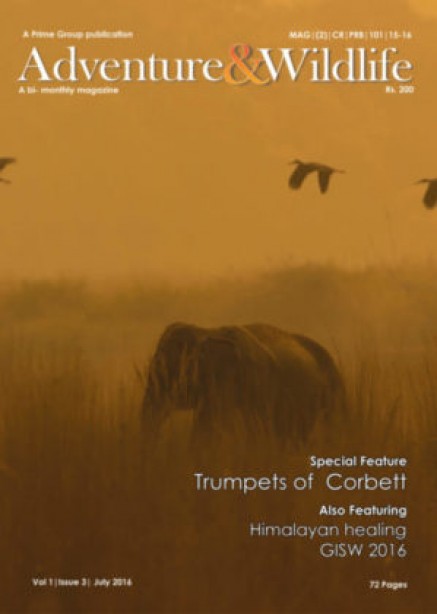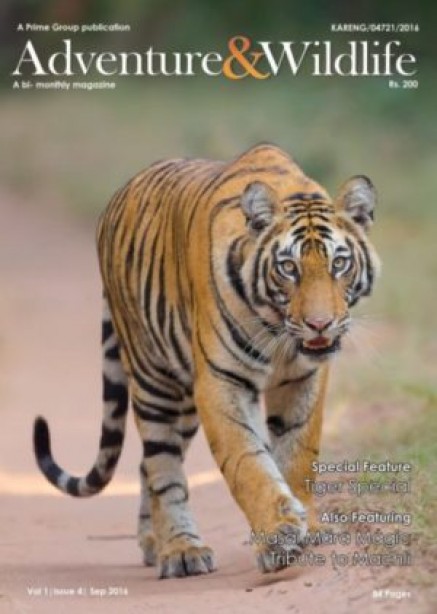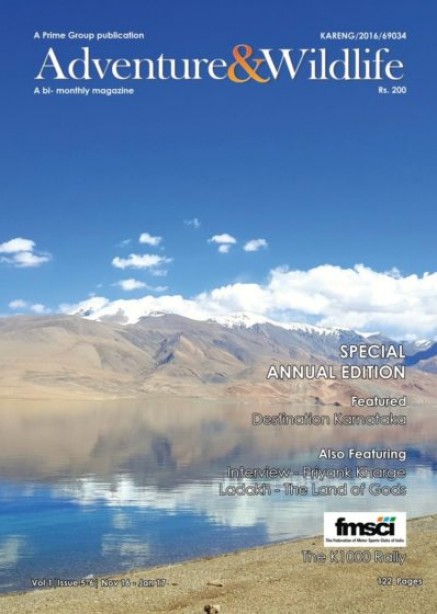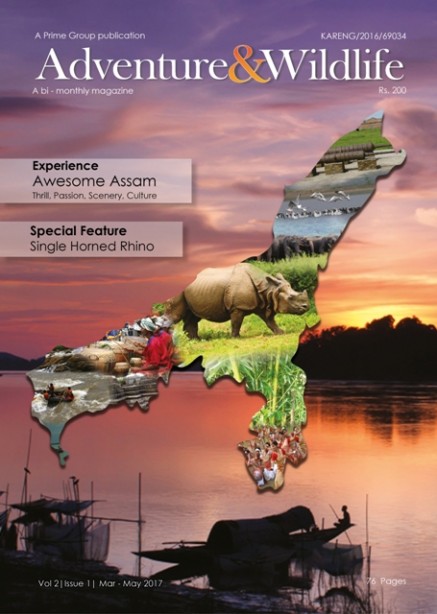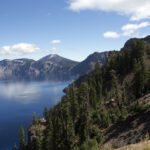
The Future is Here: Artificial Intelligence is Saving Wildlife
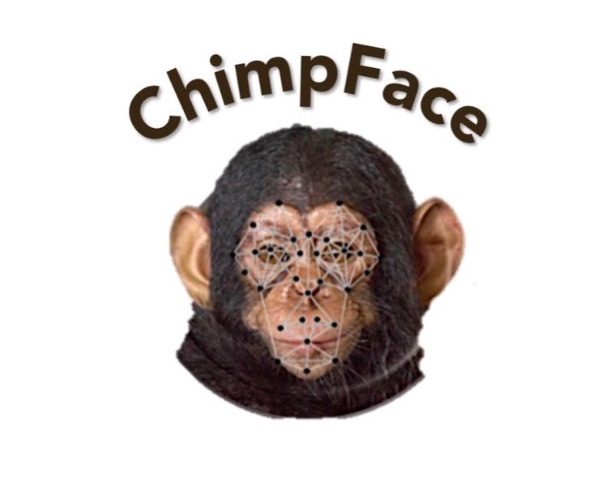
How does Artificial Intelligence and Facial Mapping help wildlife?
Facial mapping is positioned to be a game-changer in the field of wildlife conservation. Alexandra Russo, a regional finalist of Young Champions of The Earth, is working on the development and promotion of ChimpFace, a software for identifying chimpanzees using facial recognition and mapping. This resource can be used by future facial mapping projects to expand their image databases and improve software. In fact, ChimpFace is already using around 100 chimpanzee images from Tchimpounga to create their software
Already, this technology is being tested on a variety of species. Elephants at the London Zoowere recently the subjects of close scrutinization by Google’s facial recognition software. This software has implications for tracking wild elephant populations through camera traps and photography. Other primates have also been getting their share of AI attention. LemurFaceID, modeled after human facial mapping, was developed last year with a 98% accuracy at identifying individuals. This software will help researchers track and research individual lemurs within a population, identify new individuals in an area, and combat wildlife by identifying trafficked lemurs in photographs.
The Future: Using AI in Gombe
The Jane Goodall Institute’s archive of chimpanzee footage and images from Gombe and Tchimpounga Chimpanzee Rehabilitation Center is among the most comprehensive in the world. Facial mapping technology such as ChimpFace, and other projects, can assist research at Gombe by helping field staff positively identify chimps, especially young chimps that are usually difficult to see or identify, as well as to verify individuals in past footage, help track current populations and their health. As with most facial mapping technology used in wildlife conservation, it can also tie into anti-trafficking work in Africa. The possibilities for this technology are truly impressive and the more they advance, so will their applications.
As artificial intelligence, including facial mapping, continues to make its place in wildlife conservation, the team at JGI and Gombe will utilize and contribute to this technology, ever dedicated to protecting and understanding our closest living relatives.
Source: http://news.janegoodall.org/2018/07/10/future-artificial-intelligence-saving-wildlife/


